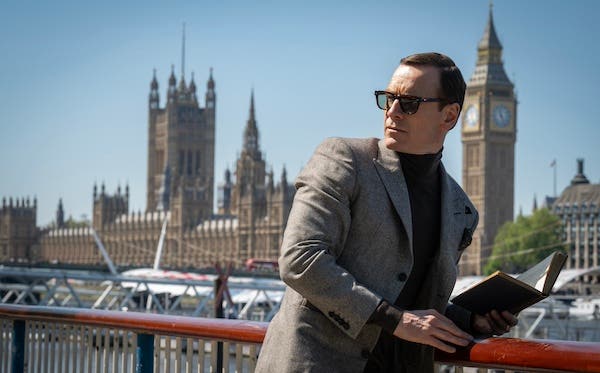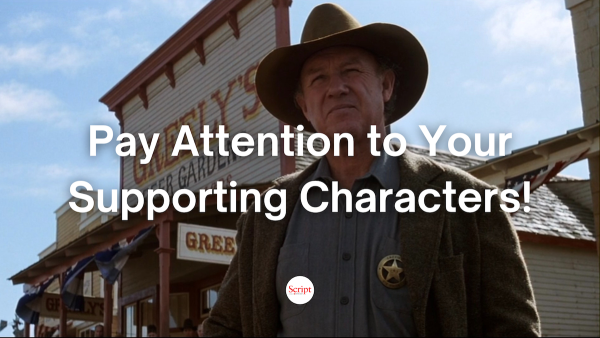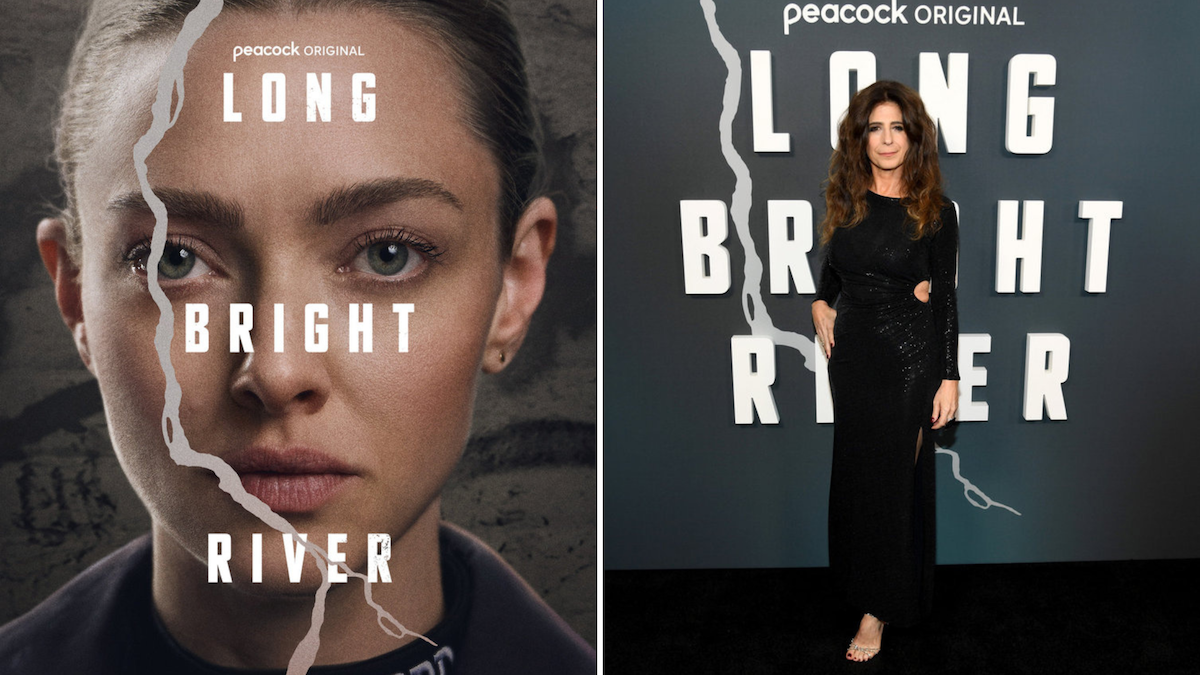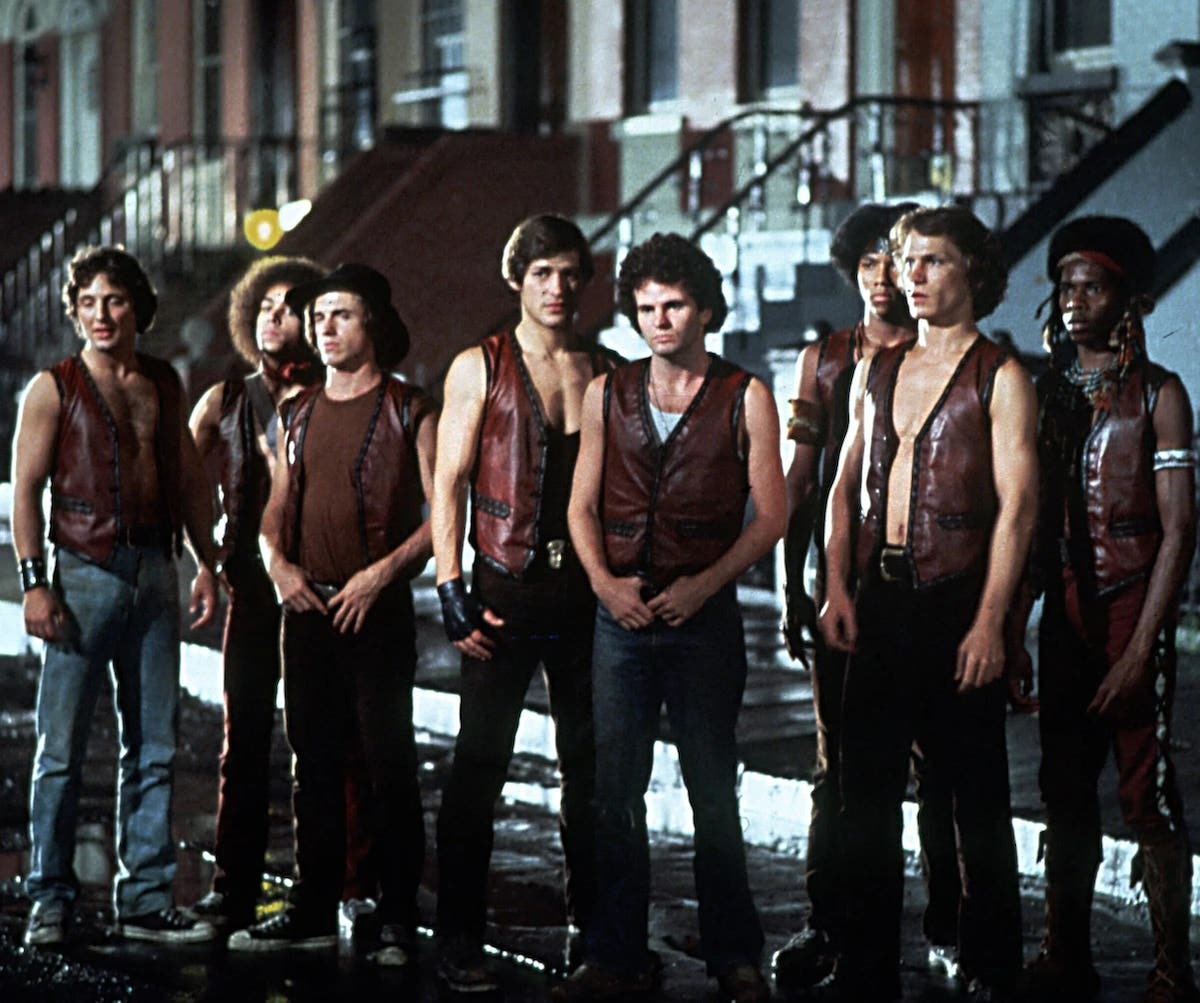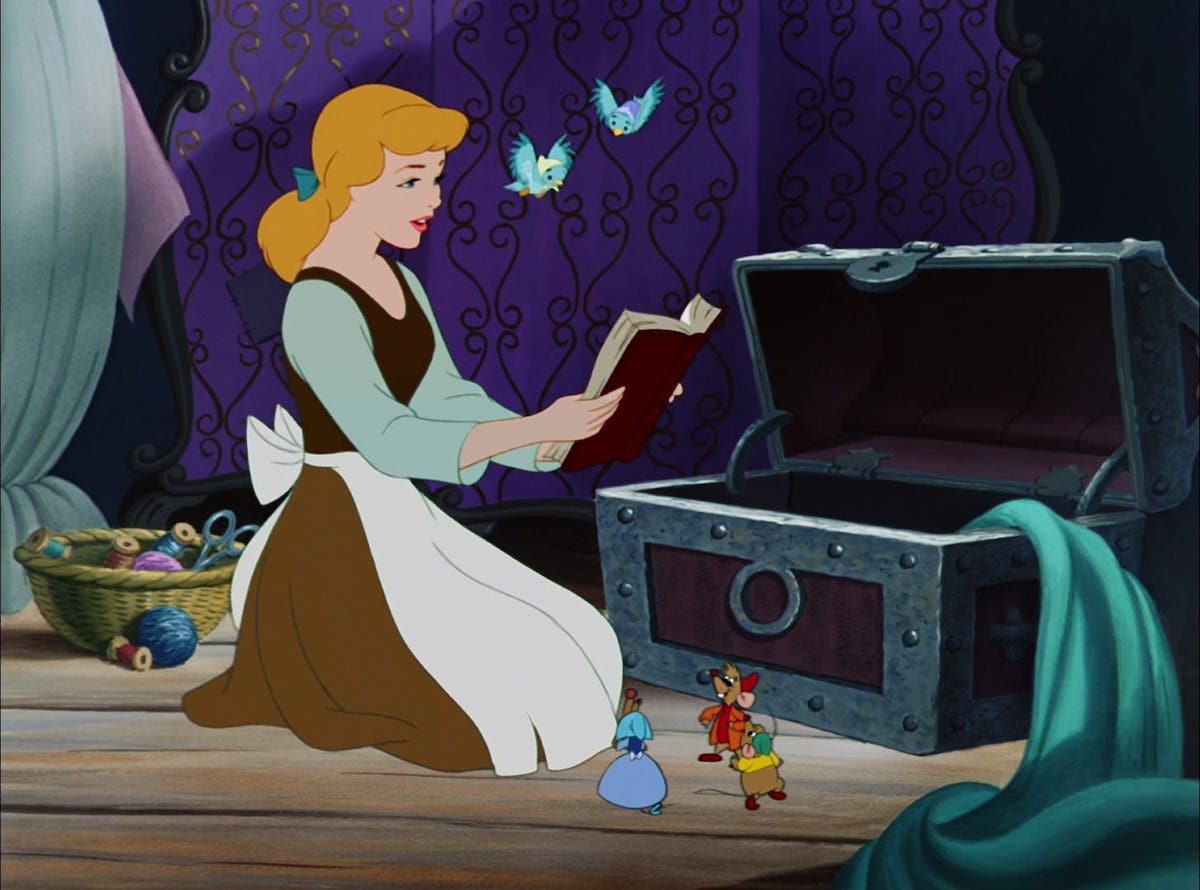FROM SCRIPT TO SCREEN: ‘Black Hawk Down’
Screenwriter of ‘Black Hawk Down,’ Ken Nolan, talks about fighting for the film you’re passionate about all while delivering what the suits expect and want, even if they keep changing their minds.
Originally published in Script magazine March/April 2002
DAVID S. COHEN is a freelance writer, photographer and documentary filmmaker. His articles on film and television have been seen in print outlets around the world, including US Weekly, Premiere and Variety special reports.
Ken Nolan wasn’t really surprised to be fired from Black Hawk Down. He’d been warned to expect it, and he’d worked like a dog to prevent it. Still when the call came, he was angry. “I had emotionally attached myself to this movie. I loved it as if I’d written a spec. And when they replaced me, to have that ripped away from me was very difficult to deal with.”
It’s an all too familiar feeling for many writers. Brought in with high hopes, he’d done the heavy lifting to turn Mark Bowden’s long, complex book Black Hawk Down into a workable screenplay. Now he seemed to have been tossed aside in favor of more experienced writers with big name credits. Thanks much, don’t let the door hit you on the way out.
The end for Nolan, though, was a happy one. He was later rehired and in the end the Writers Guild awarded the 34-year-old Nolan, who had no produced credits, sole “screenplay by” credit— despite the involvement of such writers as Bowden, Steve Gaghan (Traffic), Steven Zaillian (Schindler’s List) and Eric Roth (The Insider). The film is a hit, with a battery of rave reviews behind it, and Nolan is firmly established as a working writer.
A FORGOTTEN BATTLE
Black Hawk Down is adapted from Mark Bowden’s bestselling non-fiction book on “The Battle of the Black Sea,” the confrontation between U.S. Special Forces troops and tens of thousands of Somali fighters in the city of Mogadishu on October 3, 1993.
Initially American troops were sent to Somalia on a humanitarian mission. Then the elite Army Rangers and Delta Force commandos were sent in to capture warlord Mohamed Farrah Aidid. The battle came after a lightning “snatch and grab” mission to arrest two of Aidid’s lieutenants went awry. The mission was supposed to last an hour but escalated when two Black Hawk helicopters were shot down. Over 100 American special forces troops spent 18 hours pinned down and surrounded by thousands of enraged Somali fighters. It was the longest such battle for American ground troops since the Vietnam War.
By the time the Americans were evacuated from the city, one helicopter pilot was captured, dozens of troops were wounded, and 18 Americans were dead. No one really knows how many Somali were killed by the Americans; estimates range from 1,000 to 5,000.
The Clinton administration quickly decided to withdraw American troops from Somalia, and soon the only public memory of the incident was the video of a half-naked American corpse being dragged through the streets of Mogadishu. Bowden’s book, the only full account of the battle ever compiled, changed all that when it became a bestseller.
The film, a Columbia/Revolution Films release directed by Ridley Scott and produced by Jerry Bruckheimer, was completed before the September 11 terrorist attacks. Its release was pushed back from autumn 2001 to January, and many observers wondered how audiences would react to its graphic violence and the depiction of Americans dying in a fight against Muslim nationalists. But it proved a big hit, knocking Lord of the Rings out of the #1 box office slot. It remained #1 as this story went to press.
“I CAN DO THIS.”
Nolan might have seemed like an unlikely choice to pen such a big budget, high profile production. He grew up in Buffalo and attended the University of Oregon, where he majored in English and moved to Los Angeles soon after college and tried acting. “I realized that I sucked at acting,” he says flatly.
About all that remains of his acting career is a knack for impressions, “but I’d always written,” he explains, “so I thought I’d try writing scripts.” From 1990 to 1994, he did every assignment in Syd Field’s screenwriter’s workbook.
He supported himself as an assistant at production companies. “It was during the early 90s spec craze, the Shane Black era,” he remembers. “I saw all these people earning huge money for selling these ideas, and I thought ‘I totally can do this.’”
Over four years, he wrote “seven really bad scripts.” But he was getting better, and so were his scripts. Script number eight finally sold.
In fact, Nolan sold three specs before booking the Black Hawk Down job, but none were produced. He’d carved out a reputation as an action writer but began to fear that he was becoming one of those screenwriters who make a comfortable living in Hollywood writing scripts that never get produced.
“I started to realize ‘oh my God, I’ve got to get a movie made.’” Nolan recalls. “My agent told me I was doing great, but if I wanted to have a long career, I had to have a produced movie.”
Then he had a meeting with a Disney executive, Todd Garner. Garner went over the various projects on the slate, but to his own surprise, Nolan said flatly that none of those projects interested him. “I don’t know why that popped out of my mouth,” he laughs. Startled, Garner pulled out a galley proof of Black Hawk Down. He warned Nolan that the author [Bowden] would be writing the script, but asked him to read it anyway.
Nolan took the book home and was hooked. “I called up my agent and told him ‘I’ll go in, I’ll pitch it to Jerry, I’ll do all those things I really hate. This is the one I want.’” Nolan’s agent set up a meeting with Bruckheimer Films executive Chad Oman.
“SERIAL FIRERS”
“Chad and I met for an hour over a beer,” says Nolan. “He said, ‘How do you see this movie?’ I talked for about five minutes and he said, ‘Alright, I’m going to get you into this.’”
Oman had good reason to be looking for another writer. Bowden was a first-time screenwriter, and not even he thought his draft would be used. “He was doing it just for fun,” says Nolan. And of course, he was finishing up the book writer’s “triple crown”: getting the book published, selling the movie rights, and being paid to write the first draft of the screenplay.
Once Bowden’s draft was “burned off,” Bruckheimer Films immediately turned to Nolan. He jumped at the chance but also knew that this job would be something of an ordeal.
“My agent told me, ‘Look, do everything you can to stay on this project, because these guys replace people quite often. They’re serial firers.”
In fact, Bruckheimer Films and its predecessor, Simpson- Bruckheimer, are notorious in the business for replacing writers freely, often bringing in big-name writers to fix specific scenes, characters or aspects of a script. A Bruckheimer script typically might have had one writer for a relationship draft, another for tech talk, another for action, and another to write dialogue for ‘the girl.’
Nolan’s agent warned him about what to expect. “He told me, ‘They’re going to wring you dry, then someone else is going to come on. Know this before you start.’” But he was determined to stay on the project at all costs.
Knowing a bad first draft could get him fired in a hurry, Nolan decided to do something his writing deal didn’t require: a “scriptlet.” He’d heard that James Cameron would write detailed 50 to 60-page treatments he called scriptlets, including dialogue and action. Nolan did three drafts of the scriptlet, taking notes on each and then rewriting before actually turning it into a screenplay.
“GOT TO CARE ABOUT THE GUYS”
For everyone involved, the constant question was “What’s the movie about?” Bowden’s book didn’t provide a simple, clear answer. “I felt it was about survival,” says Nolan. “Survival under extreme circumstances. That’s what I wanted to make—the ultimate war movie, the ultimate big action movie, the first 20 minutes of Saving Private Ryan over an hour and a half.”
Nolan was convinced the story should be an ensemble piece, with no real main characters. Gently, Bruckheimer, Stenson, and Oman convinced him that it simply wasn’t feasible to make a film that way. “They said, ‘We’ve got to find out who our five main characters are, who the next 10 main characters are and who the 10 under that are,’” says Nolan. “That was a constant problem throughout the screenwriting process.”
Bruckheimer hammered away at the need for characters the audience would care about. “Jerry kept repeating to me ‘got to care about the guys.’ I was like ‘I don’t want to make this a Bruckheimer movie.’ But at the end of the day, he was so right. Of course you have to care about the guys. You at least have to get to know them.”
BLUNDERING THROUGH DRAFTS
As predicted, the pace was grueling. He did three complete treatments in four months. He would turn in his draft and get notes within days. “They’d call me up and say, ‘Okay, let’s keep going, here’s all our notes.’ Writing these treatments left me really burned out, because it’s like writing the first draft every time.”
Once he moved past the scriptlets, much of the process that followed was essentially trial and error. Nolan wanted to write the ultimate James Cameron-style action movie while some wanted a more political story. “We didn’t know what we were doing. We were blundering along from draft to draft. How much of an ensemble movie do we make? We went way overboard at one point and cut out all but 12 characters. We decided there were too many characters and it was confusing.
“We finally decided that no matter how you slice it, this was going to be a confusing movie. You’re going to get guys mixed up, they look the same, and it sort of is what it is.”
Nolan would incorporate new ideas into each draft, and they’d see if it worked. It was director Simon West, then slated to direct the film, who suggested telling the story from Matt Eversman's point of view. " I thought oh no, here we go. It's going to be a Hollywood movie after all," says Nolan. "I was getting all artsy strident. But I tried it and it actually worked well."
Eventually Nolan settled on five major characters: Eversmann; a longtime company clerk who had gone into battle for the first time and fought heroically; two older, more experienced Delta Force “operators” and the American commander, General Garrison. Eversmann emerged as the star of the film.
NO END OF HEADACHES
Nolan worked relentlessly over these months. He wrote 10 drafts, in addition to the three “scriptlets.” “I didn’t care,” says Nolan. “I figured this is the one that gets made, I’m working for Jerry Bruckheimer. I felt like the apprentice making cabinets for the master cabinetmaker. Another drawer? Yes, yes, no problem.”
Spec writers often talk about the need to treat the script as a sales presentation. So it would be easy to think that since Bruckheimer Films was already behind Black Hawk Down, Ken Nolan would have been under less pressure to write a “sellable” script.
Think again, says Nolan. When he first came onto the project, he was under constant pressure to sell himself. “My mentality was, ‘I have to stay employed.’” he explains. Then, when it was time to give the script to Disney, he had to tone down the story’s violence to try get a greenlight from the corporate home of Mickey Mouse.
Even so, says Nolan, Disney's Michael Eisner was uncomfortable with Black Hawk Down and gave thumbs down on the project for Disney, calling it a political hot potato. Just hours later, Joe Roth's Revolution Films picked up the project.
“Then it was, let's do a draft to get Ridley (Scott) interested. So it was, what would Ridley like? Then he's attached, and we have the luxury of trying all the different crazy ideas that everyone has. Let’s make it a total anti-war movie! Okay, let's try that.” Scott hoped to get Russell Crowe to play Mace, so Nolan had to write a draft where that character was built up.
“But (Crowe) wasn't going to do it, it wasn't a big enough part for him. I complained to Mike Stenson about it and he said, ‘Be glad you don't have Bruce Willis or Kevin Costner. You could be writing an entirely different movie. At least this is all in service of the story.’” Then Nolan had to do a Department of Defense draft where all the American soldiers are good people who behave well and none of them swear in battle, and there is never a ‘friendly fire’ death. “So we're taking out every damn, hell, f**ker. It's ‘golly gee, durn Somalis are shooting at us.’
So the script went over all these different hurdles where you had to gear it in a different way every time. It hurt my head.”
Despite his determination and hard work, though, he eventually got the call he’d been dreading.“I got a phone call from Mike Stenson and Chad Oman,” he remembers. “He said this phone call is really hard to make. That ‘we think you’ve done a great job but the studio wants to move on. We’re going to hire Mr. Big Shot hot writer.’ I said who’s that? They said Steve Gaghan, whose movie Traffic was about to come out.”
Bruckheimer, Scott, and company didn’t get any happier with Gaghan on board. As Nolan tells the story, Gaghan himself was fired after writing only 30 pages for Scott. Scott then turned to Oscar-winner Steven Zaillian, who’d just worked with him on Hannibal. Zaillian essentially did a page one rewrite, taking the script into a darker, more realistic direction. But as shooting geared up in Morocco, Nolan’s cell phone rang again. It was Mike Stenson.
“I was just coming out of seeing Hannibal,” remembers Nolan, “(Stenson) says ‘the Steves experiment is over. We want you back. We’re not happy with how the script is going. You have four days to get your passport and get to Morocco.’”
THE ROAD TO MOROCCO
Nolan didn’t have a laptop or even a passport, but sure enough, four days later he was on a plane to Morocco. Once on set, he was under even more pressure. He had to constantly rewrite scenes for the next day’s shooting schedule, while also working on new “theme scenes” that would underline the film’s message.
“Those are things that are kind of unwritten in the book,” Bruckheimer told Script. “We consulted Mark Bowden about the intentions of these soldiers, what they were thinking, what they were feeling. We wanted to express that in the movie.”
Even during shooting, the filmmakers continued to wrestle with the question of what the film was about. Nolan had his own idea of what the theme should be. “How does a Vietnam in 24 hours change these young soldiers? That was sort of my general idea. I wasn’t sure how that was going to come across.
“What Ridley kept teaching me was, less is more. Subtlety is better. I was hitting things way too hard on the head, which is why I got replaced. Reading Steve’s Zaillian’s draft, he’s so damn good at subtle dialogue. I learned a lot from that.”
Zaillian, in fact, was credited as co-writer with Nolan on all the film’s trailers and early ads. His name was taken off when a Writers Guild arbitration decision gave sole credit to Nolan. Zaillian declined comment on his contribution to the final script, other than to say that he is unhappy with the Guild’s arbitration process.
Eric Roth was hired to write some of the “theme scenes,” including scenes between Eversmann and his Delta mentor, while Nolan continued on the grind of turning out the next day’s pages. “What you do is approach a scene from a lot of different angles,” says Bruckheimer, “And if the writer who’s on the project doesn’t quite get the angle that you’re looking for, then you bring in somebody with a fresh point of view. In this case, that really worked. Eric came in on a couple of scenes and was sensational.”
The death of Private Smith was a special challenge for Nolan. He was determined not to put any “sappy Armageddon type stuff ” in the scene of a soldier who bleeds to death while awaiting rescue. But his versions were falling flat. Scott didn’t want the scene at all and Nolan wasn’t selling it.
“I was getting these notes, and what I read in these notes was ‘you suck now.’” he remembers. “But I had this epiphany, which is don’t write what you think they want you to write. Remember why you started this project and write what feels right to you. Forget that Ridley wants this line in there. Forget it!
“So I wrote the introduction scene, where Smith’s playing basketball and I wrote his death scene. What I wrote that night is pretty much what you see in the film. So for writers starting out, don’t write anything to please ‘them.’ You’ve got to write what means something to you, otherwise it will feel phony.”
A BALANCED PERSPECTIVE
Two other major scenes were developed from material not included in the book. The technical advisors told Nolan and Scott of the capture of Osman Atto, one of Aidid’s key lieutenants. The mission isn’t detailed in Bowden’s book, but the filmmakers decided to include it to show how effective the Delta Force could be, and to contrast the battle that followed with a successful, efficient snatch-and-grab.
That opened the door for a scene between Atto and General Garrison (Sam Shepard). Eric Roth contributed the first draft of the scene, in which Atto represented the Somali perspective on the Americans’ presence. This is something Scott was eager to do since he had wanted to make an anti-war film.
“He said “we’ve got to get the Somali perspective into this movie,’” recounts Nolan, “‘otherwise they’re going to come after you with a f***ing meat cleaver.
Scott proved to be correct on that score. Though most reviews have been positive, a few critics have attacked the film for dehumanizing the Somalians. Andrew O’Hehir, writing for Salon.com, complained that the film “provides virtually no context for the famine and civil war in Somalia, and presents the citizens of Mogadishu as a teeming, vicious horde, an angry black tide that engulfs the lonely emissaries of civilization.”
Elvis Mitchell, in the New York Times, was especially harsh: “the lack of characterization converts the Somali into a pack of snarling dark-skinned beasts, gleefully pulling the Americans from their downed aircraft and stripping them. Intended or not, it reeks of glumly staged racism.”
The accusation of racism particularly pains Nolan, who protests that there was simply no way to get both sides into the film and keep it at a reasonable length. But most reviews have been positive, including raves from such major critics as Roger Ebert, the L.A. Times’s Ken Turan and Gannett Newspapers’ Jack Garner. And judging by box office grosses, audiences seem unperturbed by whatever flaws the film may have.
Today, Nolan jokes that he’s like the hero in Memento—he worked so hard on Black Hawk Down that he can’t remember anything he worked on before that. But with time, he’s also realized never to take it personally when he’s replaced. “They have an $85 to 90 million investment and they have to get the best thing they can get,” he says. “If it means replacing you and getting someone else, they have to do it. If they replace you, it doesn’t mean you’re a bad writer or a bad person.
“Well of course, I say that now, but at the time I was pissed.”
- From Script to Screen: Mark L. Smith, Screenwriter of 'The Revenant'
- From Script to Screen: 'The Wrestler'
- From Script to Screen: 'The Hours'
Get tips on writing a page-turning script in our webinar
Writing Great Description: How to Mesmerize Your Reader


